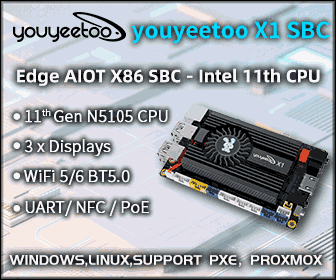Theobroma Systems Introduces A31-μQ7 Micro QSeven System-on-Module Powered by Allwinner A31 Processor
Most standardized system-on-modules for embedded and industrial applications are still based on established Silicon vendors such as Freescale, Texas Instruments or Atmel, simply because documentation and support is generally much better than relatively new SoC vendors, most of the time China-based, such as Allwinner or Rockchip. That does not mean nobody is using Rockchip or Allwinner on their modules, as shown recently with Olimex RK3188-SOM, and previously with an Allwinner 10 CoM. But Theobroma Systems, an Austrian based engineering services and embedded systems solutions company, may have a first with a Micro Qseven compliant modules powered by Allwinner A31, simply called A31-μQ7. A31-μQ7 module specifications: SoC – Allwinner A31 quad core ARM Cortex A7 processor up to 1.2GHz with 256KB L1 cache / 1024KB L2 cache, and PowerVR SGX544MP2 GPU System Memory – Up to 2GB DDR3 Storage – Up to 64GB eMMC, Up to 16MB SPI NOR flash, On-board […]





